Romancing the Quonset hut (2)
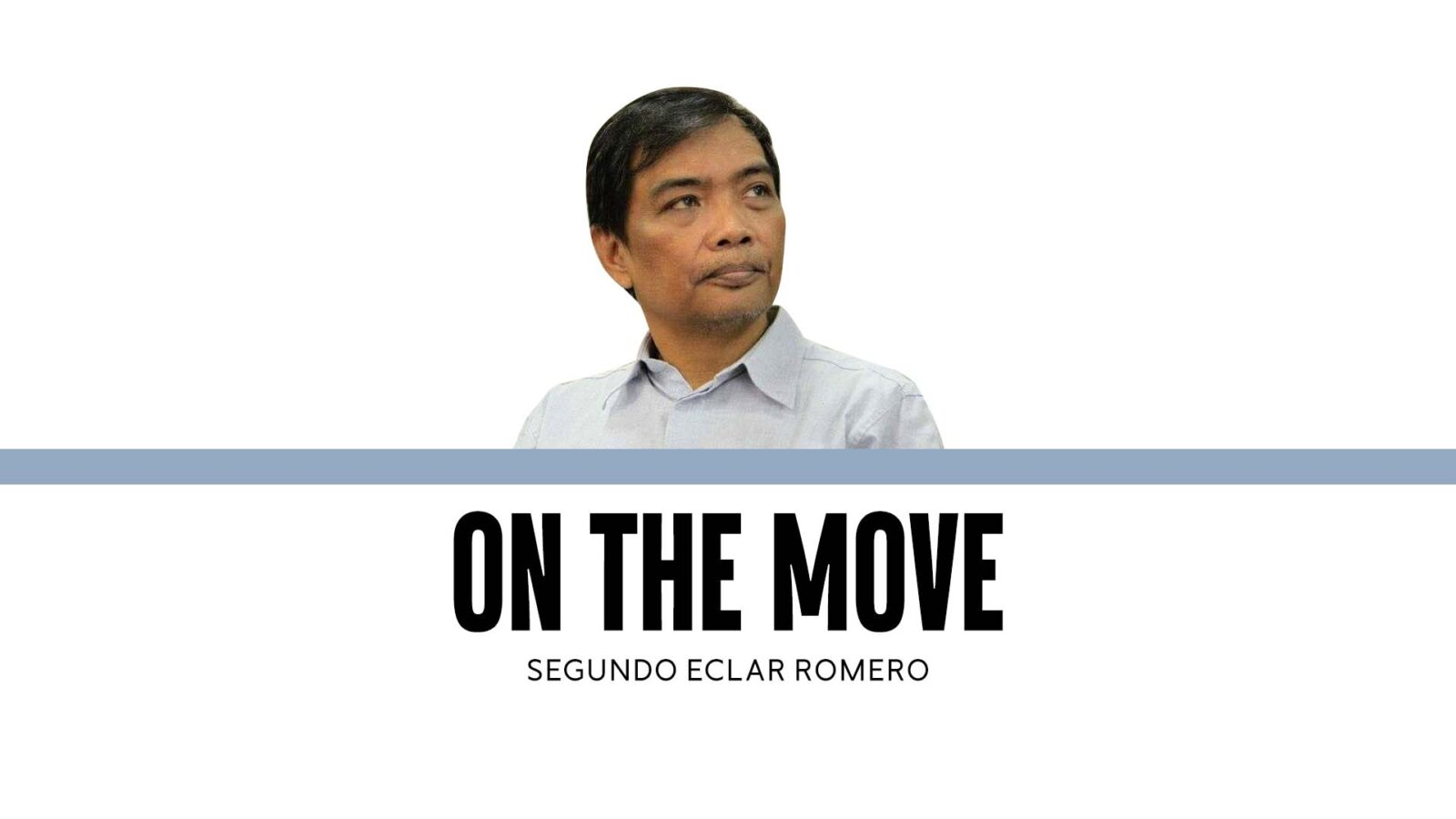
From war relic to blueprint for climate-resilient communities. The Quonset hut story did not end in 1945. Its DNA lives on in modern refugee shelters, emergency clinics, and tiny houses that echo its curved silhouette. But in the Philippines—the very country that field-tested its strength—we have not drawn upon that legacy to confront our most predictable enemy: the yearly disaster.
The physics that never changed. When engineers analyzed why the huts in Tacloban survived, they found one truth: form matters more than fortune. A curved shell lets typhoon winds slide instead of slamming; its compression ring spreads loads evenly to the ground. Even when the panels bent, the structure held together because every joint shared the strain.
These are not exotic lessons. They are practical templates for a new generation of Filipino shelters built of bamboo, laminated timber, or lightweight steel, raised on cement piles above floodwaters, and cooled by natural ventilation instead of costly air-conditioning. The same compression-based logic can shape coastal markets, barangay halls, classrooms, and evacuation centers.
Imagine a national program that treats disaster housing the way Otto Brandenberger treated his 1942 deadline: as a design challenge, not a budget line. Government engineers, universities, private fabricators, and civic groups could collaborate to produce flat-pack, kit-ready shelters—local Quonsets reborn in bamboo. Assembly could be community labor; upgrades could follow as resources grow.
From jeepney to Quonset 2.0. We glorified the jeepney as Filipino ingenuity—the transformation of war surplus into people’s transport. Why not celebrate the Quonset hut as its architectural sibling: the people’s shelter? Both were born from scarcity and improved through creativity. Both embody the spirit of making do and making better.
Our national conversation, however, rarely touches design. We rage—rightly—against corruption, but we seldom demand competent imagination. Billions vanish in overpriced flood control projects while villages still wait for a single safe communal shelter. We mistake indignation for innovation.
The Quonset hut’s resurrection can remind us that planning is moral work—the duty to think ahead so others need not perish. Its rediscovery could unite government agencies, universities, and people’s organizations around something tangible: the design of safety.
Restoring our resilience memory. Institutional amnesia is as dangerous as climate change itself. The Philippines once hosted not only the Tacloban test but also thousands of postwar experiments in low-cost adaptive architecture. University of the Philippines Diliman’s Quonset community, Maryknoll’s steel-arched classrooms, and provincial “sawali-Quonset” hybrids were laboratories of resilience long before we coined the term build back better.
I entered UP Diliman in 1968. We heard stories about how one of the most beloved campus eateries, Little Quiapo, served halo-halo and pancit under a corrugated arch beside other hut-based canteens. As a resident of Narra Residence Hall from 1968 to 1973, I remember spending a lot of evening hours in the bowling alley, billiard hall, barber shop, and sari-sari stores all packaged into a single Quonset hut in the place of what is now the Cesar Virata Hall. The last surviving Quonset hut on the Diliman campus was demolished only in 2016.
Relearning the lessons of the Quonset huts is not about nostalgia; it is about recovering a lineage of solutions that our ancestors already proved. In that sense, “romancing” the Quonset hut means rekindling a relationship with evidence, efficiency, and empathy.
Toward a national shelter imagination. Every typhoon that levels a barangay repeats the question the Quonset hut already answered: how fast can we build protection that lasts? The answer is not imported technology but locally fabricated geometry—structures whose strength lies in shape, not expense.
If the jeepney expressed postwar freedom of movement, the Quonset 2.0 can express our right to safety. It can become the new icon of Filipino resilience: quick to assemble, hard to destroy, easy to love.
We have spent too long lamenting government failure and too little time designing collective success. The next era of public service will belong not to the angriest voices but to the builders of prototypes—those who, like the wartime engineers at Quonset Point, turn impossible constraints into living shelters.
Somewhere in Tacloban’s archives sleeps the data of 1944: 39 huts standing after the storm. That number is not a footnote; it is a challenge. It says that we already know how to survive—if only we remember.
The Quonset hut deserves one more mission: to remind a forgetful nation that resilience begins with design, not despair.
—————-
doyromero@gmail.com





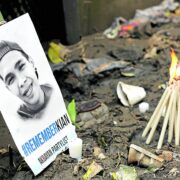
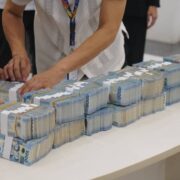



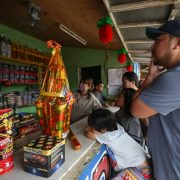
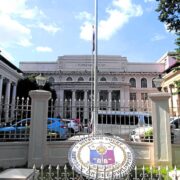






Where in the world is the West Philippine Sea?